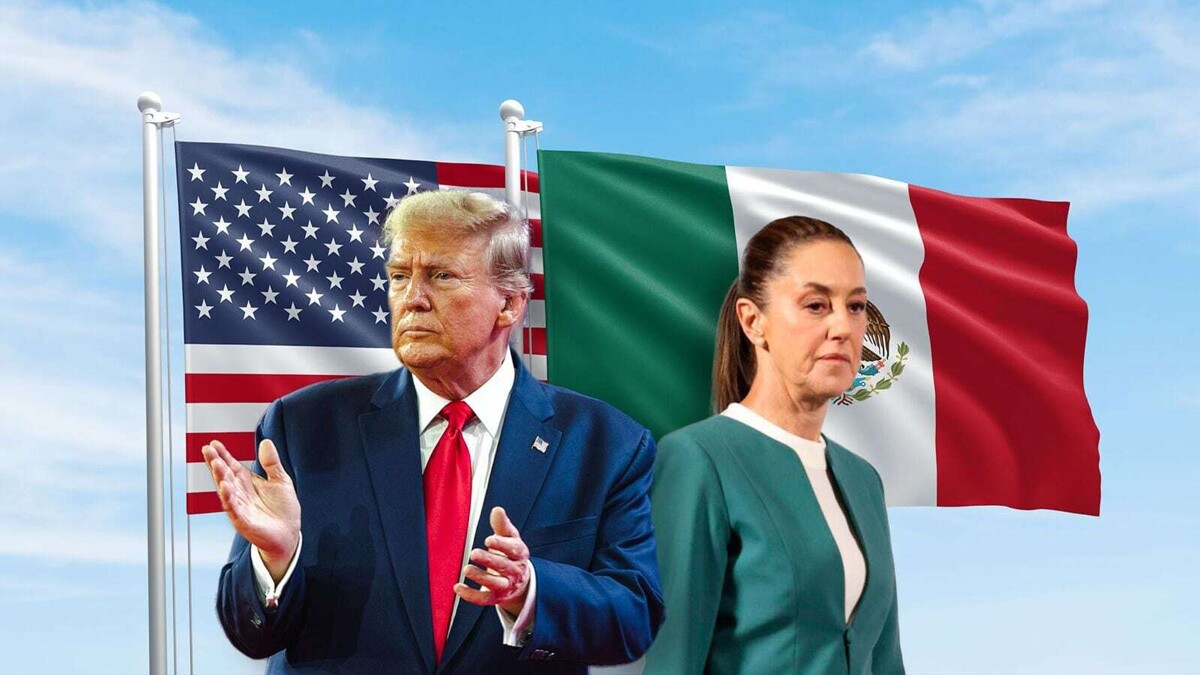
The Mexico Plan, an economic integration proposal, is Sheinbaum's bet to respond to Trump's protectionism with pragmatism, emphasizing the benefits of greater cooperation instead of focusing on potential losses for the United States. The clash between the two is more than a political dispute, as it can have repercussions both internally and externally for Mexico.
Sheinbaum seeks to prevent nationalist rhetoric from leading to economic isolation for the country. The Mexico Plan becomes a key communication tool for the leader, who must position herself as a viable alternative to Trump's protectionist strategy. While he seeks to present Mexico as an adversary, Sheinbaum aims to consolidate the idea that the conflict is not with Mexico, but with economic reality.
In this sense, Sheinbaum's communication is based on stability and cooperation, appealing to business and political sectors in the United States that depend on trade with Mexico. If she can convey this message correctly, Trump could find himself trapped in his own strategy, facing resistance from his electoral base and from a voter base that could punish him in the midterm elections if the economy is affected.
The success of each strategy will be reflected in the stability of the markets in the short term. Sheinbaum must focus on strengthening communication with key sectors in the United States that maintain trade relationships with Mexico. The way in which she manages to position the Mexico Plan will be fundamental to countering the impact of tariffs and maintaining economic stability between both countries.
Since Trump assumed the presidency, Mexico has been subject to his protectionist rhetoric. Sheinbaum faces the challenge of demonstrating Mexico's stability in times of uncertainty, reinforcing the idea of economic interdependence between both countries. The management of this crisis will influence the midterm elections of 2027 and will define the country's path in the coming years, as well as the leadership of both leaders.
Instead of directly confronting Trump, Sheinbaum bets on her own narrative based on economic rationality, seeking to get ahead of protectionist threats. The immediate adjustments that strategic sectors such as automotive and technology could suffer in the event of tariff imposition, as well as the impact on workers, are central topics to consider.
Ultimately, international politics becomes a game of perceptions where every move can have consequences in the markets and the global economy. Sheinbaum must shape the conversation so that the political and economic costs of imposing tariffs on Trump are evident. The intimidation strategy of the American president needs to be countered with messages directed at governors, business people, and key sectors that would be affected.
The constant threat of tariff imposition by Trump based on various political interests, from fentanyl trafficking to migration flows, represents a constant challenge for Mexico and its foreign policy. Economic stability and cooperation present themselves as the most effective weapons to counter this pressure, strengthening Mexico's position as a reliable partner amidst international uncertainty.














